Current Sense Amplifiers: Design Considerations and Examples for PoE, USB PD, Desktops, and Servers
Current Sense Application Team | AN091 September 2025

Accurate current monitoring is a fundamental requirement in modern electronic design. It enhances system reliability, improves performance, and enables efficient energy management. At the core of this process is current sensing, which measures the voltage drop across a shunt resistor (Rshunt) to provide real-time visibility of system current. This data is then delivered to a central controller, such as an EC or MCU, for analysis and regulation.
As application demands continue to grow and diversify, current sensing solutions have evolved into two principal architectures: analog and digital. Each offers distinct advantages and addresses specific design requirements. This application note provides the key characteristics of both approaches and practical applications.
1. Introduction to Current Sense Amplifiers
The primary role of a current sense amplifier is to measure the voltage drop across a shunt resistor (Rshunt) and
translate it into either an analog or digital signal. This signal is then passed to the system’s EC or MCU for monitoring,
analysis, and control.
The difference between analog and digital current sense amplifiers is in how the output is delivered. Analog amplifiers
generate a proportional voltage signal that the MCU interprets to determine the Rshunt current. Digital amplifiers, by
contrast, communicate the measured voltage drop directly to the MCU through protocols such as I2C or SMBus.
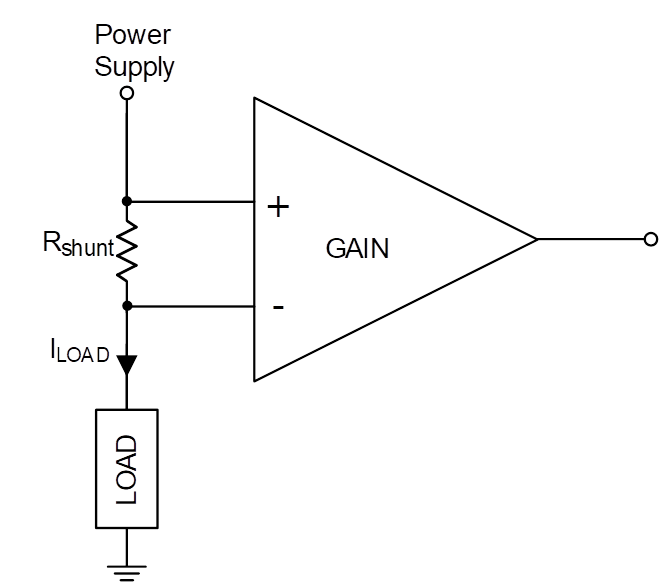
Figure 1. Basic Topology of a Current Sense Amplifier
Analog current sense amplifiers offer the advantages of fast response and the ability to amplify the voltage signal across the Rshunt, making them well-suited for applications that demand real-time feedback or overcurrent protection(OCP).
Digital amplifiers, by contrast, can deliver a broader range of information, including voltage, current, and power data, while also integrating alarm functions. This reduces the computational burden on the MCU and is particularly valuable in systems with standby power requirements.
In summary, analog amplifiers are recommended for applications that require real-time response or OCP functionality, whereas digital amplifiers are more suitable for designs that emphasize standby management and advanced power monitoring.
Table 1. Comparison Table for Analog vs. Digital Current Sense Amplifiers
| Type |
Pros (+) |
Cons (-) |
| Analog |
- Fast Response: Minimal delay in analog signal processing, suitable for real-time monitoring.
- Simple Circuitry: Straightforward design and implementation, ideal for cost-sensitive applications.
- High Resolution: Delivers continuous visibility of current variations without being constrained by ADC resolution.
|
- Susceptible to Noise Interference: Analog signals are vulnerable to external noise, requiring careful design of anti-interference measures.
- Additional ADC Required: Integration with digital systems still requires ADC conversion for further processing.
|
| Digital |
- Easy Integration: Directly connected to microcontrollers and digital systems, enabling efficient data storage and analysis.
- Fully Featured: Supports advance functions, such as various diagnostics, calibration, and communication protocols (such as I2C, SPI, etc.).
|
- Slower Response: Limited by sampling rate and digital processing speed, making it less effective for extremely fast-changing currents compared to analog real-time monitoring.
- Resolution Limitations: Restricted by ADC bit depth, which limits measurement resolution.
|
2. Richtek Current Sense Amplifier
2.1 Digital Current Sense Amplifier
Table 2. Digital Current Sense Amplifier Comparison Table
| Product Number |
Common Mode Voltage Range |
Maximum Offset |
Maximum Gain Error |
Input Sense Range |
Package(s) |
| RTQ6136 |
0V to 60V |
4μV |
0.1% |
Programmable |
TWCSP-8P, TSOT-28 |
| RTQ6134 |
80μV |
0.5% |
TWCSP-8P |
| RTQ6132 |
40μV |
0.3% |
TSOT-28 |
| RTQ6059 |
0V to 32V |
50μV |
0.3% |
TSOT-23-8, MSOP-10 |
| RTQ6056 |
0V to 36V |
10μV |
0.12% |
Fixed |
MSOP-10 |
RTQ6053
RTQ6053B |
25μV |
0.3% |
VQFN-16L |
The RTQ6132, RTQ6134, and RTQ6136 are high-precision digital current sense amplifiers specifically designed for 48V server systems, supporting both high-side and low-side measurements.
The RTQ6132 achieves a maximum gain error of 0.3% with a maximum offset of 40μV. The RTQ6134 provides a maximum gain error of 0.5% and a maximum offset of 80μV. The RTQ6136 delivers even higher accuracy, offering a maximum gain error of 0.1% and a maximum offset of just 4μV.
All three products can monitor bus voltages from 0V to 60V and feature a digital interface supporting I2C and SMBus communication. The RTQ6134 integrates a 12-bit ADC, while the RTQ6132 and RTQ6136 include 16-bit ADCs capable of reporting current, bus voltage, and system power. They also support programmable alarm thresholds for overcurrent and undercurrent protection.
Operating over a supply range of 2.5V to 5.5V, with an absolute maximum common-mode voltage rating of 75V, the RTQ6132, RTQ6134, and RTQ6136 are ideal choices for high-reliability 48V server applications.
The RTQ6059 is a high-precision digital output current sense amplifier that supports both high-side and low-side sensing, as well as bi-directional current measurement. It achieves a maximum gain error of 0.3% with a maximum offset of 50μV, ensuring accurate current detection across a wide range of conditions.
A key feature of the product is its programmable gain amplifier (PGA), which offers selectable input ranges of ±40mV, ±80mV, ±160mV, and ±320mV. This flexibility allows the RTQ6059 to be easily adapted to diverse application requirements.
The RTQ6059 can monitor bus voltages from 0V to 32V and integrates a 12-bit ADC, capable of reporting current, bus voltage, and system power with high accuracy. Communication is supported via I2C and SMBus digital interfaces, enabling seamless system integration.
Operating from 3V to 5.5V supply voltage, the RTQ6059 combines precision, flexibility, and reliability, making it ideal for applications that require accurate monitoring of current and power in modern power systems.
The RTQ6053, RTQ6053B, and RTQ6056 are digital output power monitors featuring high-precision current sensing, supporting both high-side and low-side sensing as well as bi-directional measurement. The key feature is the protection functions, including programmable alarm threshold settings for overcurrent, overvoltage, and overpower, ensuring system safety and stability. The RTQ6053 and RTQ6053B offer a maximum gain error of 0.3% and a maximum offset of 25μV, while the RTQ6056 provides higher precision with a maximum gain error of 0.12% and a maximum offset of 10μV. These products monitor bus voltages from 0V to 36V.
With a digital interface supporting I2C and SMBus communication, they integrate a 16-bit ADC capable of accurately reporting current, bus voltage, and system power. Operating over a supply range of 2.7V to 5.5V, they are suitable for a wide variety of applications.
2.2 Analog Current Sensing Amplifier
Table 3. Analog Current Sense Amplifier Comparison Table
| Product Number |
Common Mode Voltage Range |
Maximum Offset |
Maximum Gain Error |
Available Gain |
Package(s) |
| RTQ6060A |
0V to 36V |
±35μV to ±100μV |
±0.4% |
50V/V、75V/V、100V/V、200V/V、500V/V、1000V/V |
SC-70-6 |
| RTQ6060B |
±150μV |
±0.8% |
| RTQ6052 |
2V to 80V |
2.5mV |
2% |
100V/V |
MSOP-8, SOP-8 |
| RTQ6050 |
2.5mV |
2% |
20V/V |
The RTQ6060A and RTQ6060B are high-precision analog current sense amplifiers designed to support a common-mode voltage range of 0V to 36V, enabling both high-side and low-side, as well as bi-directional current measurement.
They deliver exceptionally low gain error across the full temperature range: ±0.4% for the RTQ6060A and ±0.8% for the RTQ6060B, with a gain drift of only 10ppm/°C. The output offset voltage is as low as ±35μV (maximum ±150μV), with an offset drift of just 0.5μV/°C, ensuring highly accurate current sensing in demanding environments.
The amplifiers provide six selectable gain options ranging from 50V/V to 1000V/V, while consuming only 100μA of quiescent current, making them ideally suited for high-precision, low-power applications.
The RTQ6050 and RTQ6052 are analog current sense amplifiers that integrate a comparator with a bandgap reference and output latch functionality. They support a wide common-mode voltage range from 2V to 80V and provide gain options of 20V/V (RTQ6050) and 100V/V (RTQ6052), respectively.
The integrated comparator uses a 0.6V internal reference as the comparison baseline and features an open-drain output. The switching threshold can be set externally through a resistor divider, offering flexibility for system-level design.
In addition, the comparator includes a self-latching function. Once triggered, the output remains latched until reset by grounding the  pin, ensuring reliable fault detection and protection in high-voltage systems.
pin, ensuring reliable fault detection and protection in high-voltage systems.
3. Design Examples
3.1 PoE (Power over Ethernet)
PoE (Power over Ethernet) is a technology that enables simultaneous transmission of data and power through a
single Ethernet cable. It allows network devices such as IP cameras, wireless access points, and VoIP phones to
operate without separate power cables, greatly simplifying wiring and installation while improving system flexibility
and convenience. Current sense amplifiers play a key role in PoE systems by enabling the following functions:
| Functionalities of Current Sense Amplifiers |
PoE Applications |
| Safety Protection |
The Power Sourcing Equipment (PSE) monitors output current to prevent overcurrent conditions that could damage equipment or overheat cables, ensuring system reliability. |
| Protocol Detection and Classification |
Before delivering power, the PoE protocol measures current to identify the class (0–8) and power requirements of the Powered Device (PD), enabling proper power allocation. |
| Power Management |
Current sense amplifiers allow the PSE to dynamically allocate total available power, ensuring multiple PDs can operate simultaneously without overload. |
| Fault Detection |
When abnormal current such as a short circuit or overload is detected, the PSE immediately shuts down power delivery to protect both equipment and cabling. |
The RTQ6056 can be applied to power monitoring at the PoE input, as illustrated in Figure 2. Since the PoE input voltage spans 37 V to 57 V, exceeding the RTQ6056’s 36 V maximum operating limit, the device cannot be used directly on the high-voltage side. Instead, its low-voltage detection capability allows it to be deployed on the lowvoltage side to monitor the system controller, providing an effective and reliable solution for this application.
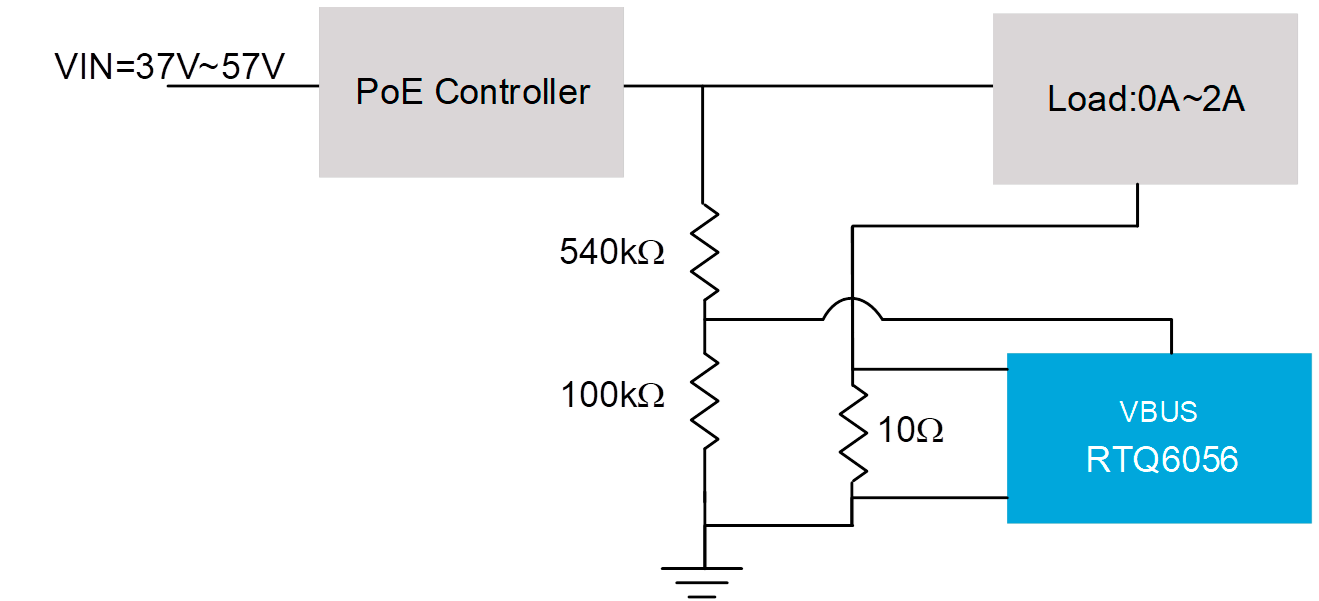
Figure 2. RTQ6056 for PoE Applications
Figure 3 illustrates the error estimation curve of the RTQ6056. Under normal temperature conditions, when the load current is between 1A and 2A, the measurement error is approximately 1%. This level of accuracy ensures reliable current assessment in PoE applications.
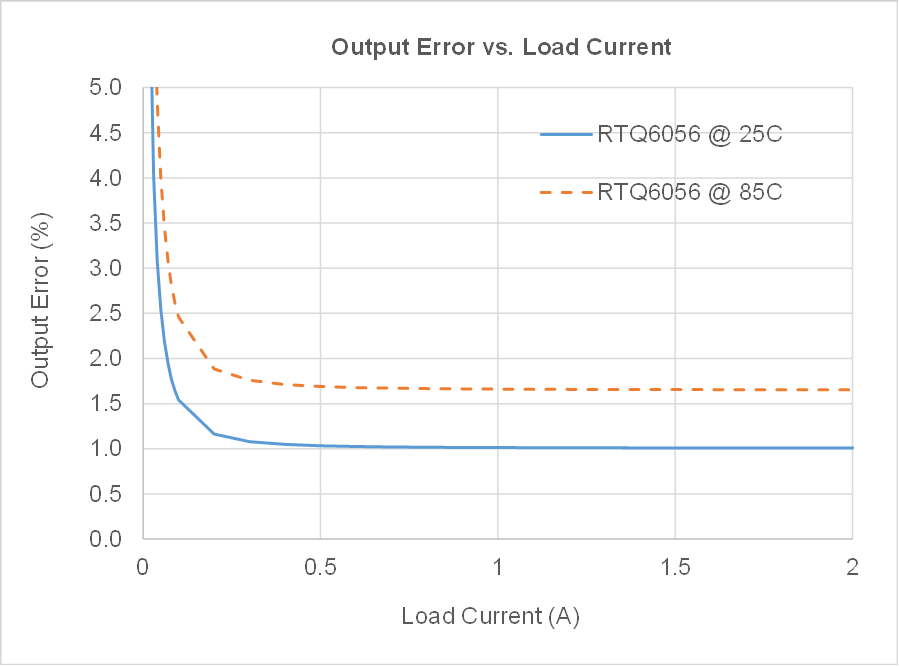
Figure 3. RTQ6056 Error Estimation Curve
3.2 PD (Power Delivery)
PD (Power Delivery) is a USB Type-C charging protocol defined by the USB-IF. It dynamically negotiates voltage and current based on device requirements, enabling fast, safe, and bi-directional power delivery. Widely adopted in smartphones, laptops, and tablets, PD has become the mainstream standard for modern USB charging. Current sense amplifiers enhance PD systems by supporting the following functions:
| Functionalities of Current Sense Amplifiers |
PD Applications |
| Safety Protection |
Real-time current monitoring prevents overcurrent conditions, reducing the risk of equipment damage and safety hazards. |
| Protocol Requirements |
Accurate current sensing ensures the PD power source does not exceed the negotiated output current, meeting USB-IF requirements. |
| Efficiency and Thermal Management |
By optimizing charging efficiency and dynamically adjusting operation, current sense amplifiers help prevent overheating and improve reliability. |
| Status Reporting |
Current data can be fed back to the controller or user interface, providing clear visibility of charging status and system performance. |
Modern monitors often include USB PD outputs, enabling them to power external keyboards or other OTG devices. To comply with PD specifications, each port integrates a current sense amplifier to monitor output power, as illustrated in Figure 4.
The RTQ6059 is particularly well-suited for such applications. It provides two address-select pins, allowing configuration of up to 16 unique addresses, ideal for systems where a single EC (Embedded Controller) manages multiple USB interfaces simultaneously. In addition, the RTQ6059 supports selectable current sensing ranges of 40mV, 80mV, 160mV, and 320mV, offering high design flexibility. These features make the RTQ6059 an ideal solution for multi-port USB PD systems.
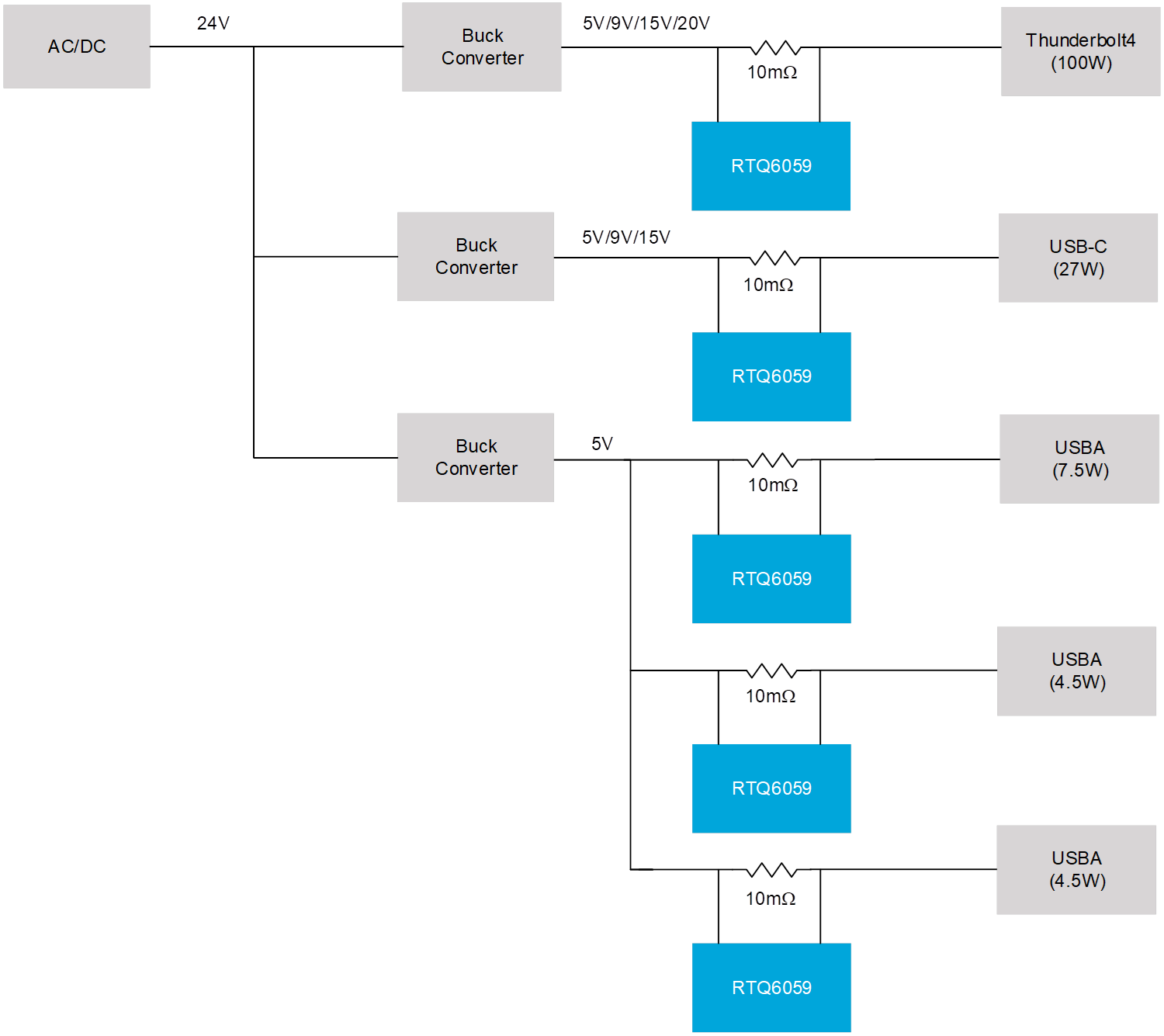
Figure 4. RTQ6059 for USB PD Applications
Figure 5 presents the error estimation curve of the RTQ6059. Under normal temperature conditions, the measurement error is approximately 1% when the load current ranges from 3 A to 4 A.
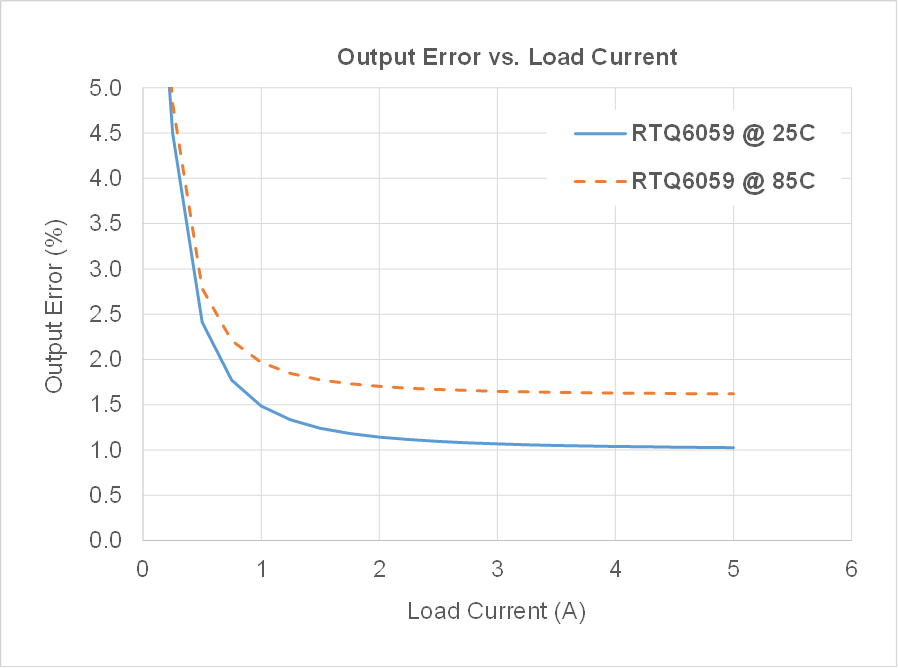
Figure 5. RTQ6059 Error Estimation Curve
3.3 Desktops
In desktop computer systems, current sense amplifiers are commonly used to monitor input power. Real-time monitoring enables the system to further optimize overall performance. As shown in Figure 6, the RTQ6060A and RTQ6060B are recommended as the power monitoring component. Its key advantage is fast response to changes in input current, providing real-time feedback to the EC, allowing timely system adjustments and control decisions.
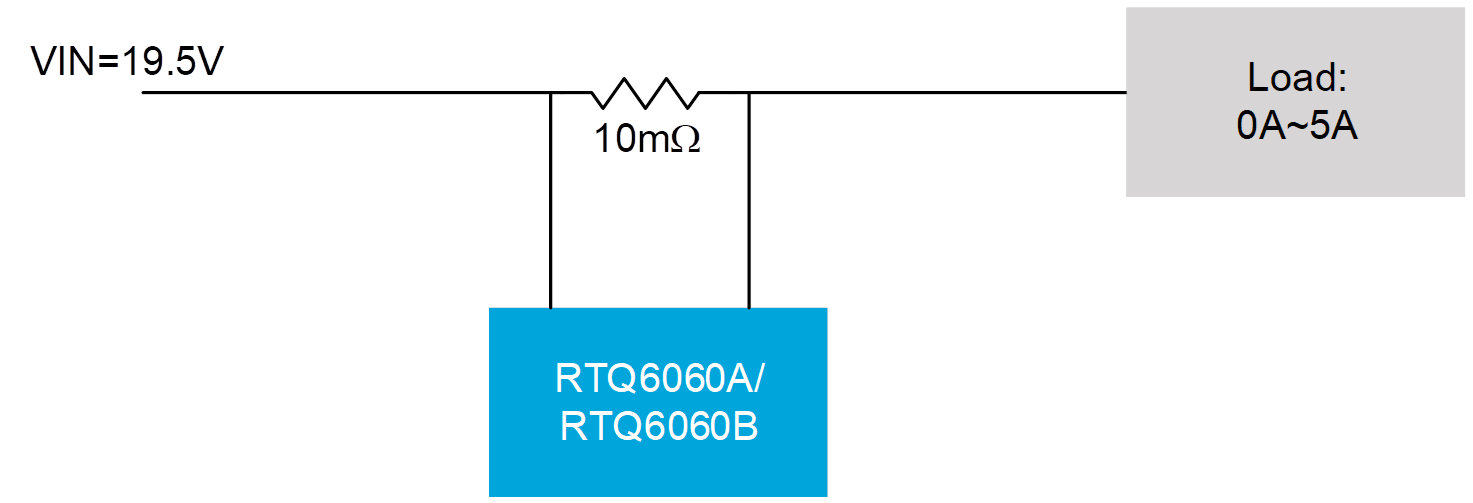
Figure 6. RTQ6060A and RTQ6060B for Desktop Applications
Figure 7 shows the error estimation curve of the RTQ6060A at a gain setting of 200. Under normal temperature conditions, the measurement error is approximately 1% when the load current ranges from 3 A to 5 A.
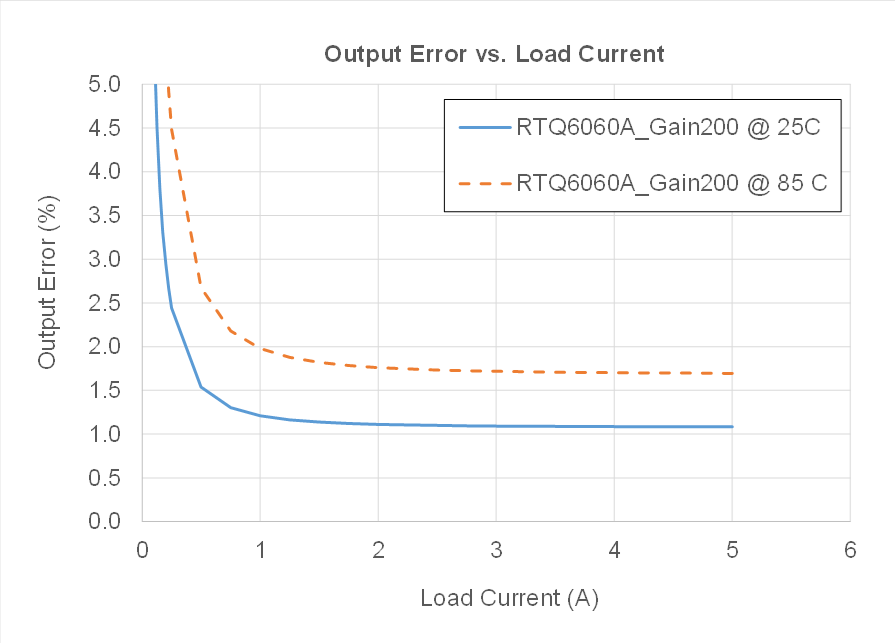
Figure 7. RTQ6060A Error Estimation Curve
3.4 Servers
Servers play a critical role in modern data centers, where stability, efficiency, and security are key requirements.
Power sense amplifiers support these requirements by enabling several important functions.
First, they provide real-time monitoring of voltage, current, and power consumption, giving administrators visibility into the power usage of each component. This helps prevent system failures or data loss caused by power anomalies. Precise power monitoring also protects against overload and overheating, improving overall system reliability and safety.
Second, power optimisation is essential as data centers expand and energy costs rise. By tracking and analysing server power usage, administrators can fine-tune operational strategies to minimise unnecessary consumption, lowering costs while supporting energy-saving. Current sense amplifiers further enable dynamic power management, automatically adjusting supply levels to match server load, thereby enhancing performance and extending hardware lifespan.
Finally, remote monitoring and diagnostics are crucial for efficient data center operation. Current sense amplifiers allow administrators to monitor system status in real time, even off-site, ensuring rapid response to anomalies while reducing downtime, maintenance effort, and cost. Current sense amplifiers specifically support the following functions:
| Functionalities of Current Sense Amplifiers |
Servers |
| Real-Time Power Monitoring |
Track voltage, current, and power consumption to identify anomalies early and prevent failures or data loss. |
| Enhancing System Reliability and Safety |
Protect against overload and overheating to ensure stable server operation. |
| Optimizing Energy Usage Efficiency |
Analyze power usage to reduce unnecessary consumption, supporting energy-saving and carbon-reduction goals. |
| Supporting Dynamic Power Management |
Adjust power supply automatically based on load, improving performance and extending hardware lifespan. |
| Remote Monitoring and Diagnostics |
Enable real-time remote monitoring and anomaly detection, reducing maintenance time and labor costs. |
The upcoming RTQ6136 is specially designed for server power systems, delivering precise voltage and current feedback for accurate monitoring. Since server inputs are typically around 48V, designs commonly follow a 70% derating principle, making the Absolute Maximum Rating (AMR) of power monitoring devices a critical consideration. With an AMR of up to 75V, the RTQ6136 fully satisfies the 70% derating requirement, making it an excellent fit for server power monitoring applications, as illustrated in Figure 8.

Figure 8. RTQ6136 for Servers
Figure 9 shows the error estimation curve of the RTQ6136. Under normal temperature conditions, when the load current is between 3A and 20A, the measurement error is only 1%.
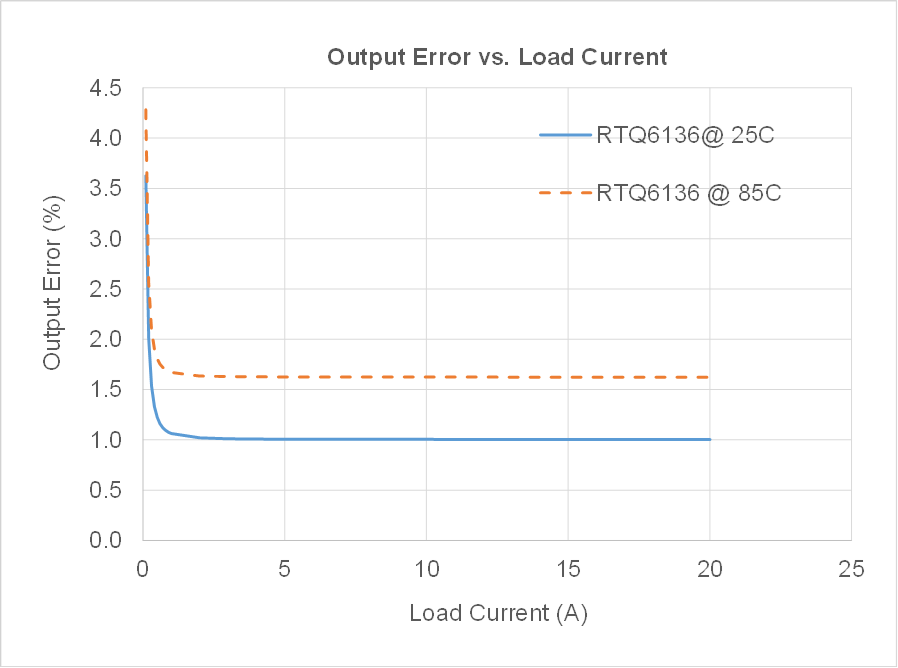
Figure 9. RTQ6136 Error Estimation Curve
4. Conclusion
This application note highlights the importance of current sense amplifiers in modern electronics. Accurate current monitoring enhances efficiency, safety, and reliability, making it essential for power management, fault detection, and system monitoring. As devices advance toward higher performance and miniaturization, the role of current sensing becomes increasingly critical. Designers should balance accuracy, cost, and system requirements to achieve optimal performance.
To stay informed with more information about our products, please subscribe to our newsletter.